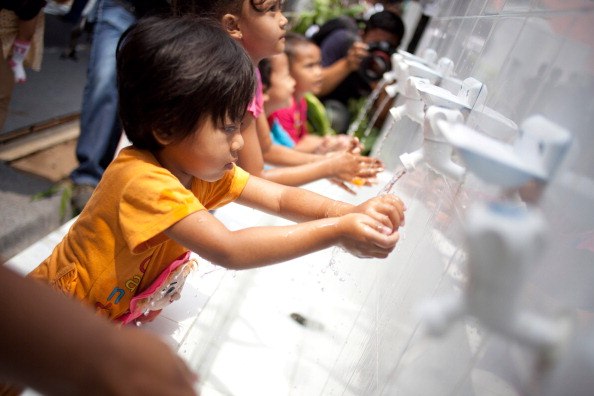
If you have a Pinterest account or follow a lot of blogs, you’ve heard at least one person talk about making their own soap. Whether it’s dish soap or laundry detergent, it seems that the latest trend in money saving techniques as well as green living includes soap-making. If you’re not really sure whether or not it seems like something you’d be interested in, go ahead and get the information.
Those who make their own soap swear by it. It’s frugal, it’s simple and it’s good for the environment. Why not make something sustainable and cheap to make your own life easier and just a little healthier? And the best part is that it’s not that difficult. If you’re interested in making your own soap, you’ll need some info on the different methods.
Melt and Pour
This is the most commonly used type of soap recipe. It’s fairly simple and doesn’t require much work. It simply requires melting down the kind of soap you already use and adding your own scents with essential oils before reshaping your soap. This is a good one to start with because it’s not difficult or time-consuming.
Cold Process
This is a bit more complicated. If you really want to make your own soap, it’s a great process to try. However, it’s more time consuming. It also requires many different steps. Broken down, however, the cold process is the process of making soap completely from scratch using lye and essential oils.
Hot Process
This process of soap making is very similar to that of the cold process. The only difference in this variation is that you will cook your soap in the oven or the crock pot.
Rebatching
This is another simple process. You can take just a few bars of regular soap and make them into several bars of soap by expanding the batch. You’ll only need to grind the soap into many pieces and add water, milk or essential oils before reshaping.
Each method of soap making has its pros and cons. However, what one person considers a pro might be a con to someone else, so the process is something that we recommend you try on your own before making your own decisions.
(Photo by Oscar Siagan/Getty Images for Unilever)

Comments
Loading…